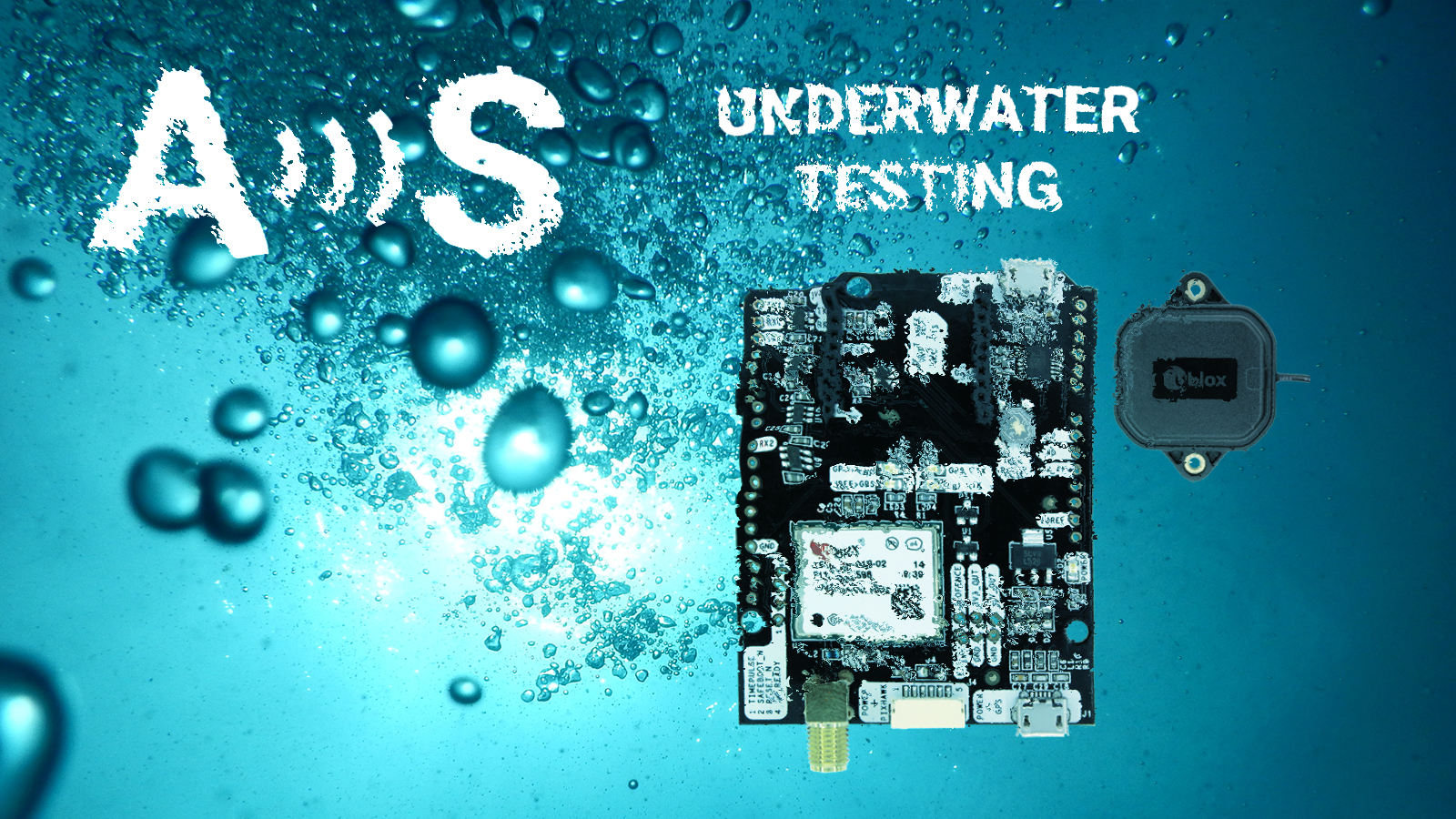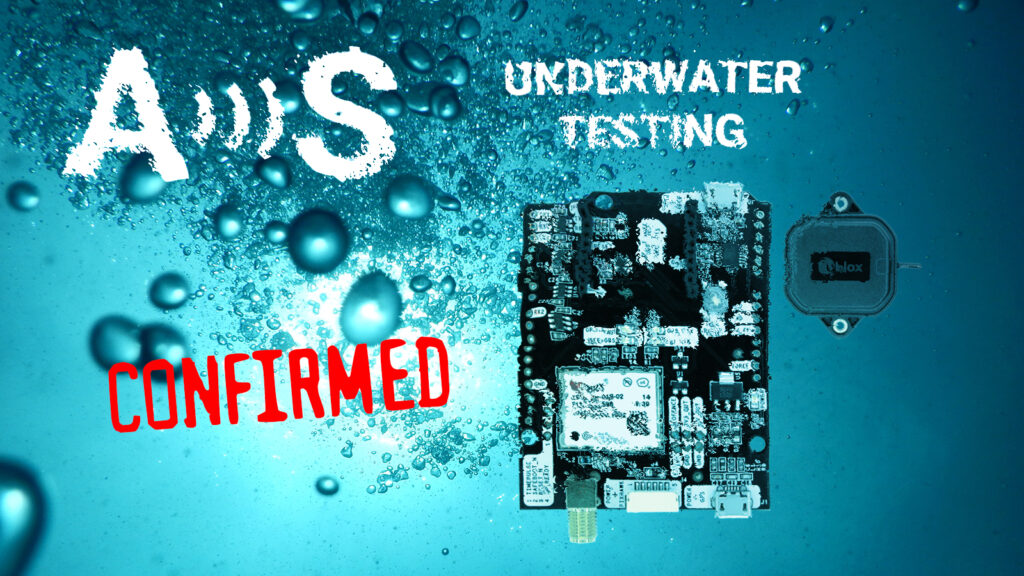GPS can’t work underwater: myth or reality?


We have always heard that GPS receivers can’t work when their antenna is submerged in water.
Is is true? Is it true only from a certain depth?
This summer is being really hot and our engineers decided to refresh themselves and take the opportunity to verify or deny the myth.
This is the test setup:
- simpleRTK2B Budget receiver
- u-blox ANN-MB-00 IP67 GNSS antenna
- Corrections from a NTRIP service provider
- Swimming pool with fresh water
The picture below shows the performance of the receiver with the antenna placed outside the swimming pool: nice signal reception with excellent centimeter accuracy performance.

We took the IP67 u-blox ANN-MB-00 antenna and we jumped in the swimming pool.
We carefully placed the antenna in our hands and verified to don’t block any signal and then we slowly submerged it.
Suddenly, with the antenna barely 1cm under water, the satellite signal strength dropped dramatically (see picture below).
We were expecting a more progressive signal deterioration as function of the depth but was not the case.

We repeated the test several times to make sure we did not do anything wrong and the results are clear: GNSS receivers can’t work with their antennas submerged in water, at ANY depth.
Myth confirmed!

 and
and 





